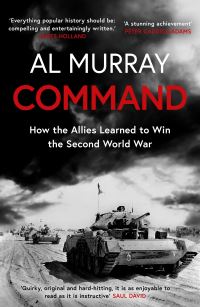Description
The Oerlikon twin 35mm anti-aircraft gun was the one weapon in the Argentine armoury which had a major impact on the British air campaign during the Falklands Conflict in 1982. Indeed, General Mario Benjamin Menéndez, transient Argentine Governor of Las Islas Malvinas, proudly boasted that: ‘The anti-aircraft gunners were the only Argentine forces on the Malvinas not to be beaten directly by the British and can take pride in being the first and the last to fire on the enemy.’ Following the Argentine surrender, what were then the latest of these Swiss-built all-weather Skyguard radar-directed guns, which had been purchased by the Argentine Government for £30 million, were recovered from the Falklands’ battlefields by a young squadron leader who recognised their value to the RAF for airfield defence. That officer, Michael Fonfé, was then handed the task of creating two Royal Auxiliary Air Force Regiment squadrons from scratch to operate the guns. This story of the Falkland Guns begins with an account of the experiences of three Argentine anti-aircraft artillery units during the Falklands War, drawing in part on many original Argentine documents the enemy gunners left behind, being unable to take them with them as prisoners of war. Comparisons are drawn with the inferior British equivalents by the gunners who had to man them and the obvious benefits the capture of the new Oerlikons would be to the RAF. After successfully incorporating Nos. 2729 and 2890 Squadrons into the RAF Regiment’s structure – which included women in combat roles for the first time – Michael Fonfé was promoted to Wing Commander. He was then handed responsibility for all RAF ground-based air defence weapons during the long years of the Cold War.





